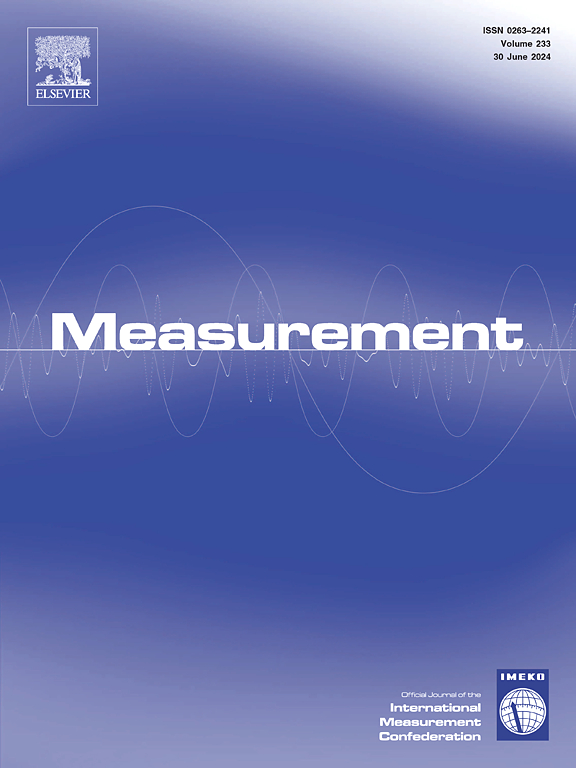Enhancing sensitivity and measurement range by Multi-layered Vision-Based Tactile Sensor (ML-VBTS): A parametric study and comparative benchmarking
IF 5.2
2区 工程技术
Q1 ENGINEERING, MULTIDISCIPLINARY
引用次数: 0
Abstract
Vision-Based Tactile Sensors (VBTSs) have significantly advanced robotic applications. However, they are often constrained by the inherent trade-off between sensitivity and measurement range, making the simultaneous enhancement of both parameters particularly challenging. This trade-off limits their applicability for applications demanding both subtle force detection and broad measurement capabilities. To address this challenge, we present a multi-layered VBTS (ML-VBTS) that integrates materials with different hardness levels within the tactile skin. Based on the proposed multi-layered design, we conduct a Finite Element Analysis (FEA) to optimize material properties and bridge the gap to real-world sensor performance using a Sim2Real transfer framework. Rigorous experiments on the ML-VBTS demonstrated its superior performance compared to the commercial GelSight mini, achieving approximately a 60% improvement in both sensitivity, with values of 0.9 N/px for normal forces and 0.4 N/px for shear forces, and in measurement range. This proposed sensor design not only enhances the precision and reliability of tactile feedback in advanced robotic applications but also paves the way for broader adoption of VBTS in various industries where sensitive yet broad force measurements are critical.

求助全文
约1分钟内获得全文
求助全文
来源期刊

Measurement
工程技术-工程:综合
CiteScore
10.20
自引率
12.50%
发文量
1589
审稿时长
12.1 months
期刊介绍:
Contributions are invited on novel achievements in all fields of measurement and instrumentation science and technology. Authors are encouraged to submit novel material, whose ultimate goal is an advancement in the state of the art of: measurement and metrology fundamentals, sensors, measurement instruments, measurement and estimation techniques, measurement data processing and fusion algorithms, evaluation procedures and methodologies for plants and industrial processes, performance analysis of systems, processes and algorithms, mathematical models for measurement-oriented purposes, distributed measurement systems in a connected world.
 求助内容:
求助内容: 应助结果提醒方式:
应助结果提醒方式:


